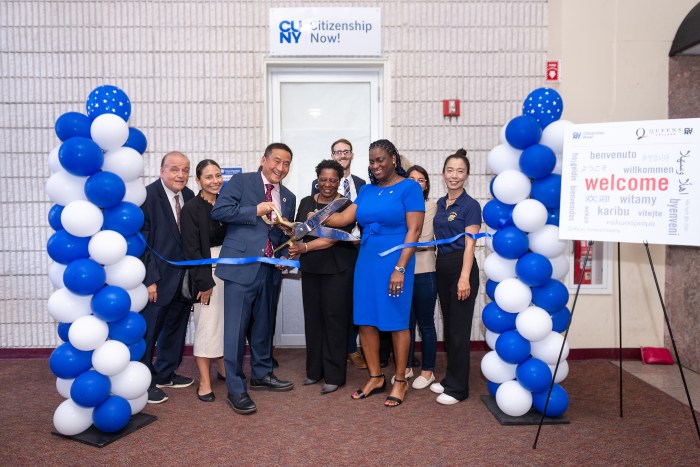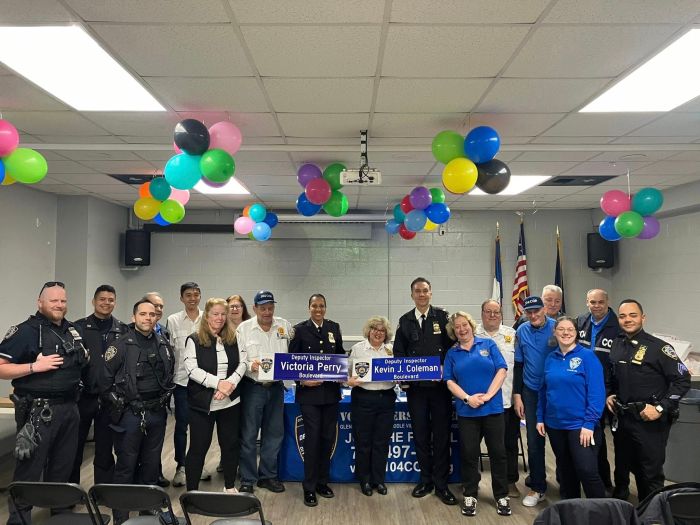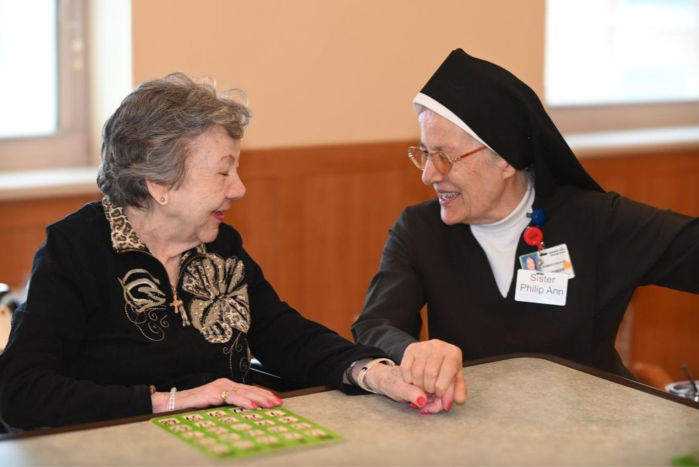By Arlene McKanic
The Queens Theatre in the Park’s presentation of “Of Ebony Embers” was as unusual as it was pleasing.
Written by Akin Babatunde and adapted for the stage by Saundra McClain, it consisted of vignettes featuring four Harlem Renaissance artists, all acted by Babatunde, with “music theatre work” produced by the excellent Core Ensemble.
They’re an odd trio made up of Tahirah Whittington on cello, Michael Parola on percussion and Hugh Hinton on piano.
The thin device that links the vignettes is an ill-fated party thrown during the waning days of the Harlem Renaissance, that flowering of creativity that happened mostly in the ’20s in that oasis of Negro preeminence in upper Manhattan.
The afternoon started off with the ensemble playing Jeffrey Mumford’s “within a window of resonant light,” a peculiar, minimalist thing that moved satisfyingly into Thelonius Monk’s “Epistrophy,” which heralds the entry of Babatunde as Aaron Douglas.
Douglas was a painter and the impresario of the Harlem Renaissance who lived in a swinging pad at 409 Edgecombe Avenue (the same building where Duke Ellington lived and Billy Strayhorn wrote some of his songs). He and his wife Alta used to host parties for the cream of the crop of black artistic types.
Babatunde’s Douglas, a portly man in a tux, strides onto the stage with a bouquet of red roses, a pipe between his teeth, and, when he removes it, a huge Teddy Roosevelt grin. Throwing open his arms as if to embrace the entire audience, he begins by reciting Langston Hughes, of course,
“Beautiful, also, is the sun.
Beautiful, also, are the souls of my people.”
In the play Douglas has invited nine of his favorite writers to his joint for a tribute party for the late Wallace Thurman (“He died of a broken heart, really,” Parola said during a question and answer segment after the show), and Rudolph Fisher, a radiation specialist who died, only days after Thurman, of radiation sickness back in the day when they hadn’t heard of lead aprons.
Douglas has 10 red roses — one for himself and nine more for the folks he’s invited: James Weldon Johnson, Zora Neale Hurston, Alain Locke, Jean Toomer, Gwendolyn Bennett, Jesse Fauset, Claude McKay, Langston Hughes, and Countee Cullen.
After an entr’acte where the band played more Mumford (“that which remains”) and Alvin Singleton’s “Arguru VI for solo marimba,” Babatunde returns as the Jamaican born poet Claude McKay, who’s broke, broken down and bitter.
“I’m not angry!” he roars. “Just a warrior for justice!”
He then recites his defiant, magnificent poem “If We Must Die” while the band plays more Mumford and snippets of Jamaican folk tunes:
If we must die, let it not be like hogs
Hunted and penned in an inglorious spot,
While round us bark the mad and hungry dogs,
Making their mock at our accursed lot.
If we must die, O let us nobly die,
So that our precious blood may not be shed
In vain; then even the monsters we defy
Shall be constrained to honor us though dead!
O, kinsmen! we must meet the common foe!
Though far outnumbered let us show us brave,
And for their thousand blows deal one death-blow!
What though before us lies the open grave?
Like men we'll face the murderous, cowardly pack,
Pressed to the wall, dying, but fighting back!
He also recites some of the lushly nostalgic “Tropics In New York,” which you might have seen in the subways:
Bananas ripe and green, and ginger-root,
Cocoa in pods and alligator pears,
And tangerines and mangoes and grape fruit
Babatunde not only captures McKay’s wounded pride, but also his Jamaican accent. Born in Brooklyn himself, he hung out with native Jamaicans to make sure he got it right.
When the McKay vignette is over, the band plays Charles Mingus’ “Diane,” Strayhorn’s “Daydream” and Bud Powell’s “Dusk in Sandy for solo piano,” all of which were wonderful.
Babatunde returns as the dapper Countee Cullen, who can’t hail a cab on the streets of Harlem. He is hilarious as the fastidious poet and educator, who imbibes spirits out of the head of the elegant cane he carries and who laments his marriage to W.E.B. Dubois’ daughter to the music of Duke Ellington, Jelly Roll Morton, Thelonius Monk and more Mingus.
Cullen and his wife were more than incompatible, it seems. Three months after the marriage he went on holiday with his “best [male] friend.” “She wouldn’t understand,” Cullen says in an understatement.
The Cullen performance is a light interval before we meet Babatunde’s Langston Hughes. His performance here is a tour de force; even before he opens his mouth to speak, as he meanders on-stage carrying a suitcase and an old coat, we know that this is Langston.
The look on Babatunde’s face of wondering innocence gets the poet perfectly, as does his lilting, breathy voice which strengthens as he recites his poems, and breaks as he addresses his ex-pat father, who lies in a cemetery in the ironically named Panteon, in Mexico.
James Hughes, who never got along with his son, quit the United States when his race prevented him from becoming a lawyer. Langston, though feted throughout the world, is still haunted by his father’s prophecy that poetry would only lead him to die broke. “Nobody loves a genius child,” Babatunde’s Langston recites to his dead father, with as much pain as defiance, over the music of Alvin Singleton’s “Arguru VII for solo vibraphone” George Walkers’ “Cello Sonata Mvt. II” and the Duke’s “Fugue-a-ditty.”
The evening ends in Douglas’s apartment, with the 10 roses and a bottle of champagne, and the ensemble playing Mingus’ “Good-bye Porkpie Hat.”
Babatunde decided to limit his study to these four difficult and brilliant men, which is good for him, but bad for the audience. To bring in the rest of them would have lasted all night, and the vignettes were both physically and emotionally draining. (Though I do wonder how he would have tackled the fiery and female Zora).
McClain’s direction is stellar, as is the lighting by Eric Fliss, whose velvet curtain reds and sunset oranges recall that of a more reputable night club, though during the Langston scene he reverts to a leafy background meant to invoke a peaceful cemetery.
Wendy Meyer’s set design was simple, with an Oriental rug and some occasional furniture evoking a swank apartment always ready for a party.
“Of Ebony Embers” is part of the Fleet Black Cultural Arts Series. Other performances will include Philadanco, Roberta Flack, and Black 2 Broadway.
































